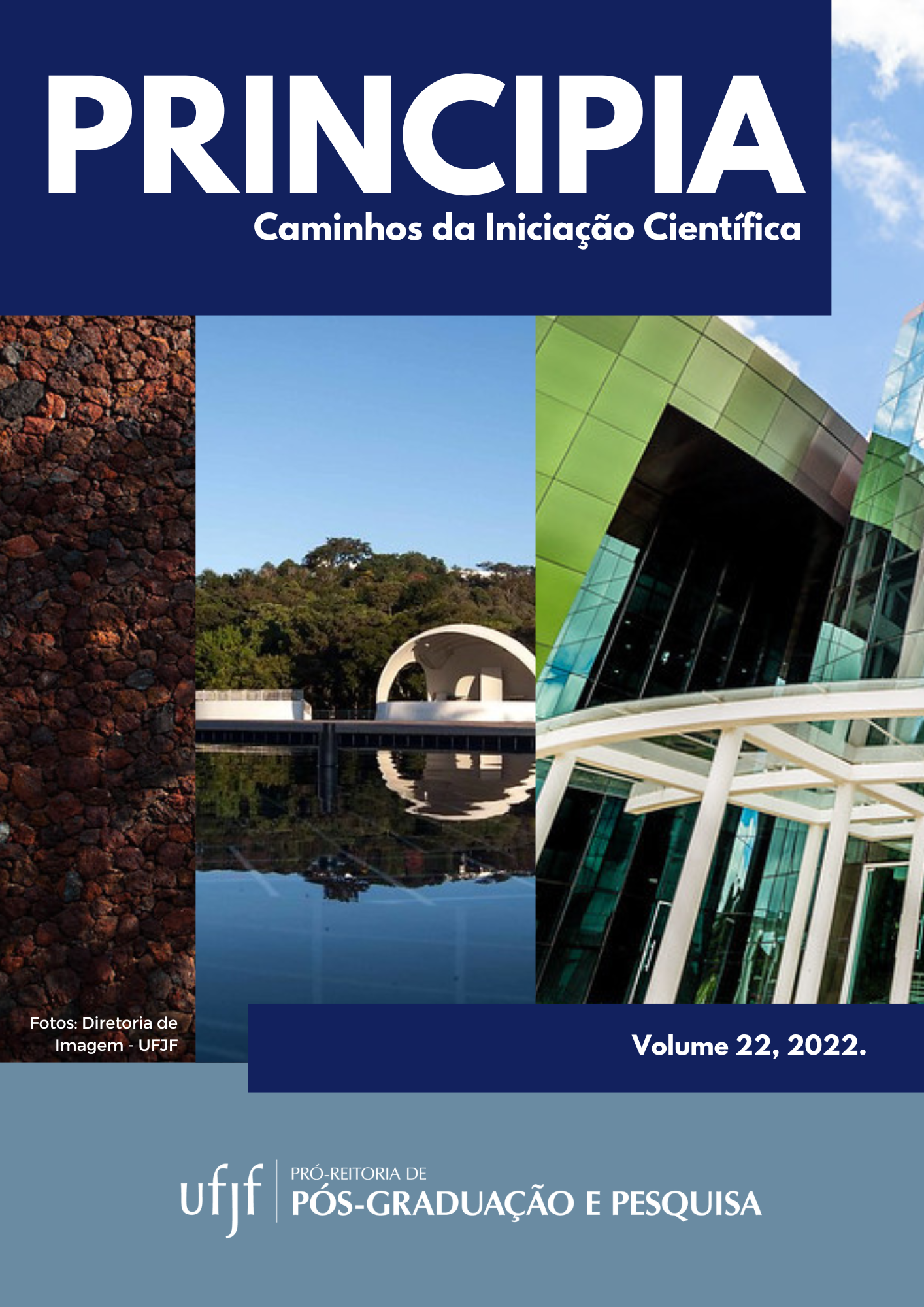Activity and quality of life in children and adolescents with cancer
Um estudo transversal
DOI:
https://doi.org/10.34019/2179-3700.2022.v22.37885Keywords:
Cancer, Child, Adolescent, Activity, Quality of lifeAbstract
During and after childhood cancer treatment, multiple adverse effects can be observed, such as reduced physical fitness, muscle strength, presence of fatigue, limitations in participation, pain, nausea, sleep-related disorders, depression, and consequently poor quality of life. related to health, when compared to the healthy population. In the present cross-sectional study, 15 children and adolescents diagnosed with cancer in the 3 stages (post-diagnosis, treatment, and outpatient) and 30 typical participants matched by age and sex, both between 5 and 21 years old, participated. Personal and environmental information was collected and the activity and participation (PEDI-CAT) and pediatric quality of life (PedsQL) instruments were applied. A questionnaire produced by the team was applied to the cancer group, related to the treatment and physiotherapeutic follow-up. The data collection was carried out remotely, through video calls on the WhatsApp Messenger. It was observed that there were no statistical differences in the descriptive characteristics between the groups. Regarding the treatment and physiotherapeutic follow-up, we observed that it is focused on strengthening and respiratory exercises and performed mainly in the initial phase of treatment (hospitalization). A statistically significant difference was found between the groups in the mobility domain of the PEDI-CAT. It was found that there are losses in the quality of life of both groups, which may reflect the changes imposed by the COVID-19 pandemic. We can conclude that the cancer group had a low ability in mobility performance (PEDI-CAT) when compared to the control group. Regarding physical therapy interventions, they are not being carried out focused on the task. However, the present study confirms a new possibility of action and vision in relation to clinical practice.
Downloads
References
AMAKYE, William Kwame; ZHANG, Zheqing; WEI, Yuanhuan; SHIVAPPA, Nitin; HEBERT, James R; WANG, Jue; SU, Yixiang; MAO, Limei. The relationship between dietary inflammatory index (DII) and muscle mass and strength in Chinese children aged 6-9 years. Asia Pacific Journal Of Clinical Nutrition, [s.l.], v. 27, n. 6, p. 1315-1324, nov. 2018.
BREIDOKIENE, R; JUSIEN, R; URBONAS, V; PRANINSKIENE, R; GIRDZIJAUSKIENE, S. Sedentary Behavior among 6–14-Year-Old Children during the 39 COVID-19 Lockdown and Its Relation to Physical and Mental Health. Healthcare, v. 9, 2021.
CACHÓN-ZAGALAZ, J; ZAGALAZ-SÁNCHEZ, M L; ARUFE-GIRÁLDEZ, V; SANMIGUEL-RODRÍGUEZ, A; GONZÁLEZ-VALERO, G. Physical Activity and Daily Routine among Children Aged 0–12 during the COVID-19 Pandemic in Spain. Int. J. Environ. Res. Public Health, v. 18, 2021.
CAMARGO, O.K., SIMON, L., RONEN, G.M., ROSENBAUM, P.L. ICF - A Handson Approach for Clinicians and Families, Mac Keith Press, 2019.
CHAUDHRY, Z., SIDDIQUI, S. Health related quality of life assessment in Pakistani paediatric cancer patients using PedsQL™ 4.0 generic core scale and PedsQL™ cancer module. Health and Quality of Life Outcomes. v.10, n.52, 2012.
DEISENROTH, Anne; SÖNTGERATH, Regine; SCHUSTER, Anne Judith; VON BUSCH, Christine; HUBER, Gerhard; ECKERT, Katharina; KULOZIK, Andreas E.; WISKEMANN, Joachim. Muscle strength and quality of life in patients with childhood cancer at early phase of primary treatment. Pediatric Hematology And Oncology, [s.l.], v. 33, n. 6, p. 393-407, 17 ago. 2016.
FARDELL JE, VETSCH J, TRAHAIR T, MATEOS MK, GROOTENHUIS MA, TOUYZ LM, MARSHALL GM, WAKEFIELD CE. Health-related quality of life of children on treatment for acute lymphoblastic leukemia: A systematic review. Pediatr Blood Cancer. 2017 Sep;64(9). doi: 10.1002/pbc.26489. Epub 2017 Mar 6. PMID: 28266135.
HUANG, Tseng-tien; NESS, Kirsten K. Exercise Interventions in Children with Cancer: a review.: A Review. International Journal Of Pediatrics, [s.l.], v. 2011, p. 1-11, 03 set. 2011. Hindawi Limited.
INCA. Instituto Nacional de Câncer José Alencar Gomes da Silva – Ministério da Saúde. Rio de Janeiro, 2020. Disponível em: https://www.inca.gov.br/tipos-de-cancer/cancer infantojuvenil. Acesso em: 20 nov. 2020.
LOPES, Olívia Campos. Qualidade de vida e funcionalidade em crianças e adolescentes com câncer. 2019. Tese (Mestrado em Ciências da Reabilitação e Desempenho Físico-Funcional) – Faculdade de Fisioterapia, Universidade Federal de Juiz de Fora, Juiz de Fora, 2019.
MANCINI, Marisa C.; COSTER, Wendy J.; AMARAL, Maíra F.; AVELAR, Bruna S.; FREITAS, Raphael; SAMPAIO, Rosana F. New version of the Pediatric Evaluation of Disability Inventory (PEDI-CAT): translation, cultural adaptation to Brazil and analyses 44 of psychometric properties. Brazilian Journal Of Physical Therapy, [s.l.], v. 20, n. 6, p. 561-570, dez. 2016.
NESS, Kirsten K.; MERTENS, Ann C.; HUDSON, Melissa M.; WALL, Melanie M.; LEISENRING, Wendy M.; OEFFINGER, Kevin C.; SKLAR, Charles A.; ROBISON, Leslie L.; GURNEY, James G. Limitations on Physical Performance and Daily Activities among Long-Term Survivors of Childhood Cancer. Annals Of Internal Medicine. [s.l.], p. 639-647. nov. 2005.
Downloads
Published
How to Cite
Issue
Section
License
Copyright (c) 2022 Raiane Barbosa, Priscilla Goretti, Mateus Santos, Heloisa Souza, Beatriz Resende, Ivy Ventura, Ana Paula Taroco, Julia Castilho, Paula Chagas

This work is licensed under a Creative Commons Attribution-NonCommercial 4.0 International License.
Autores que publicam nesta revista concordam com os seguintes termos:
- Autores mantém os direitos autorais e concedem à revista o direito de primeira publicação, com o trabalho simultaneamente licenciado sob a Licença Creative Commons Attribution que permite o compartilhamento do trabalho com reconhecimento da autoria e publicação inicial nesta revista.



